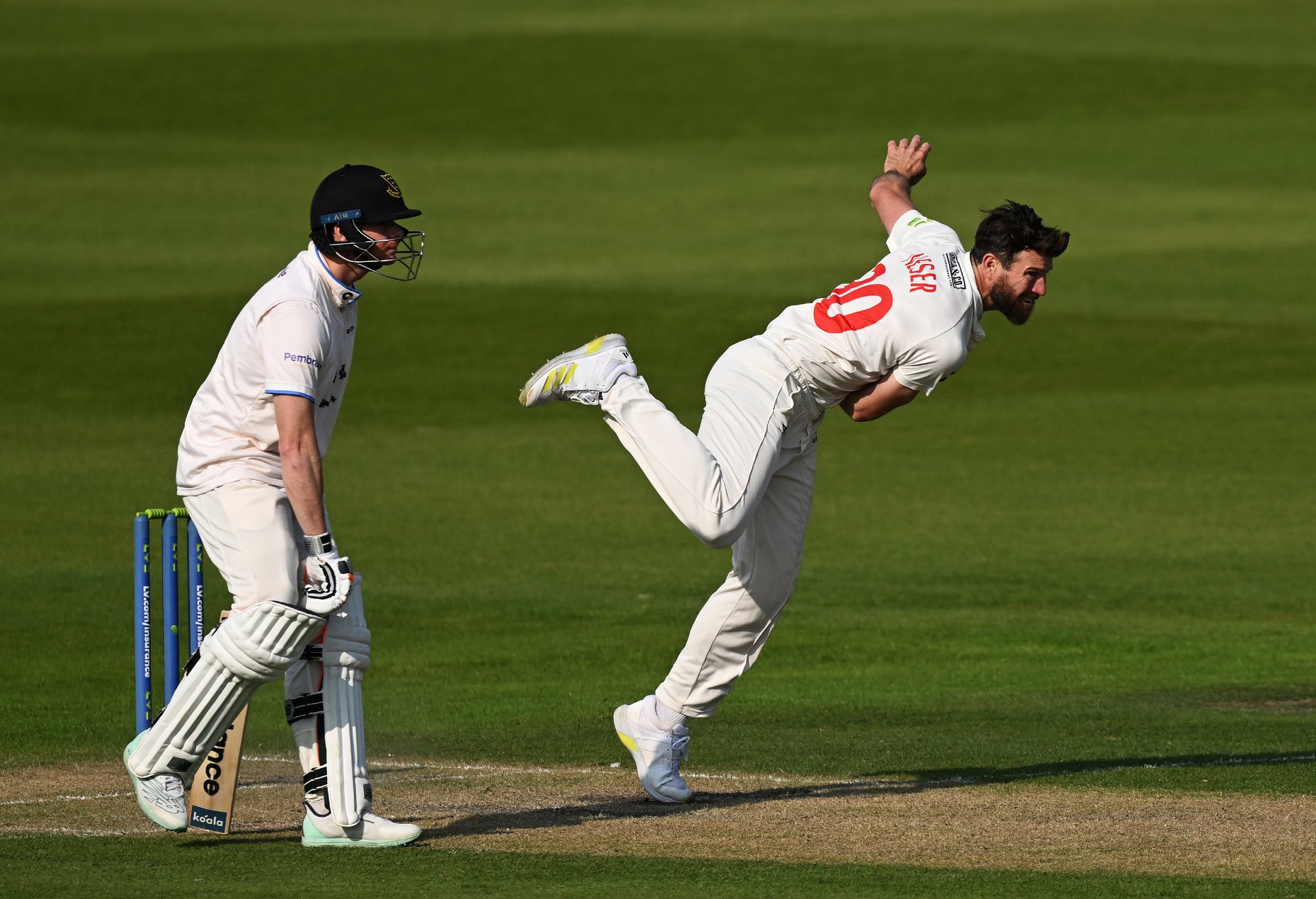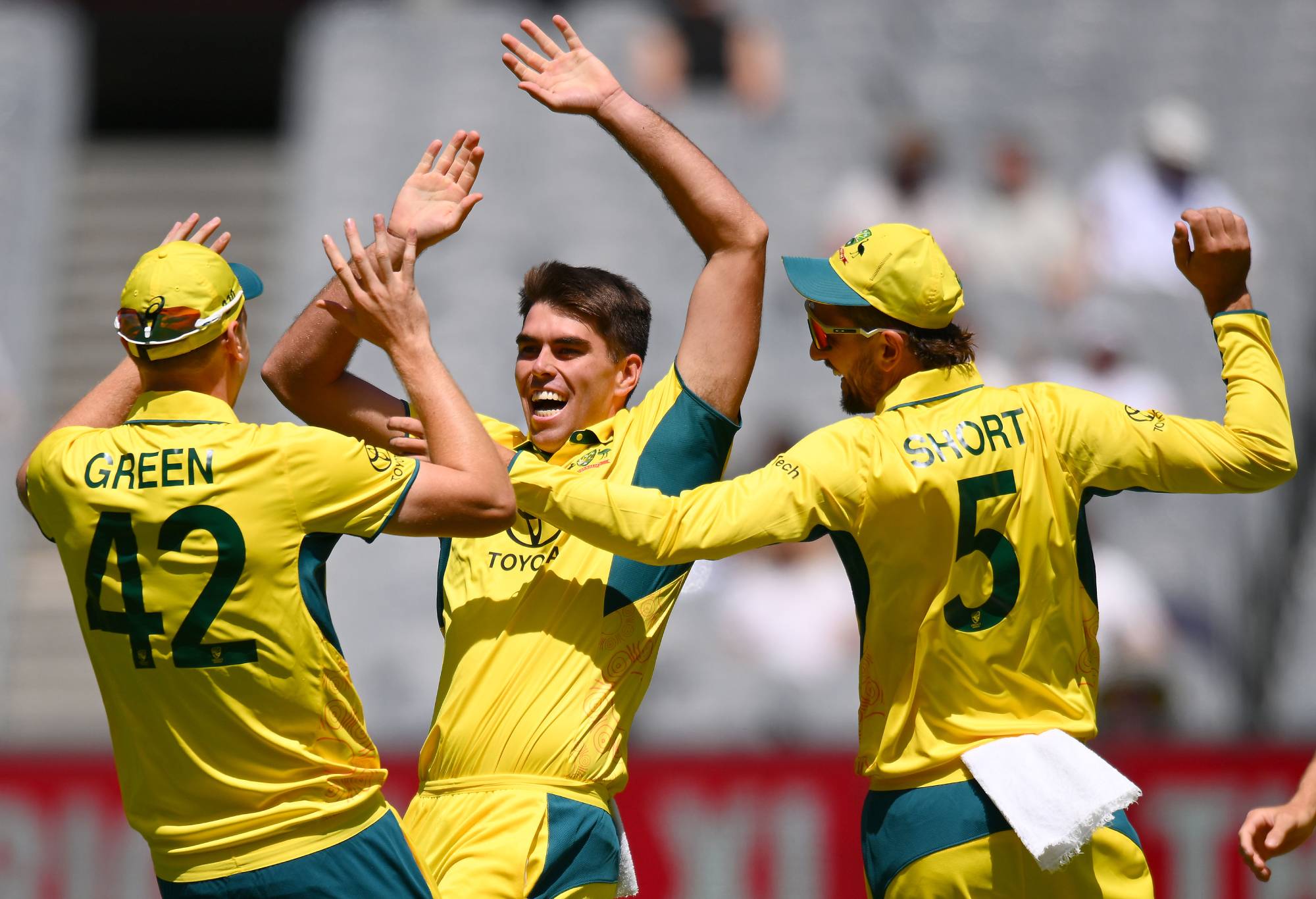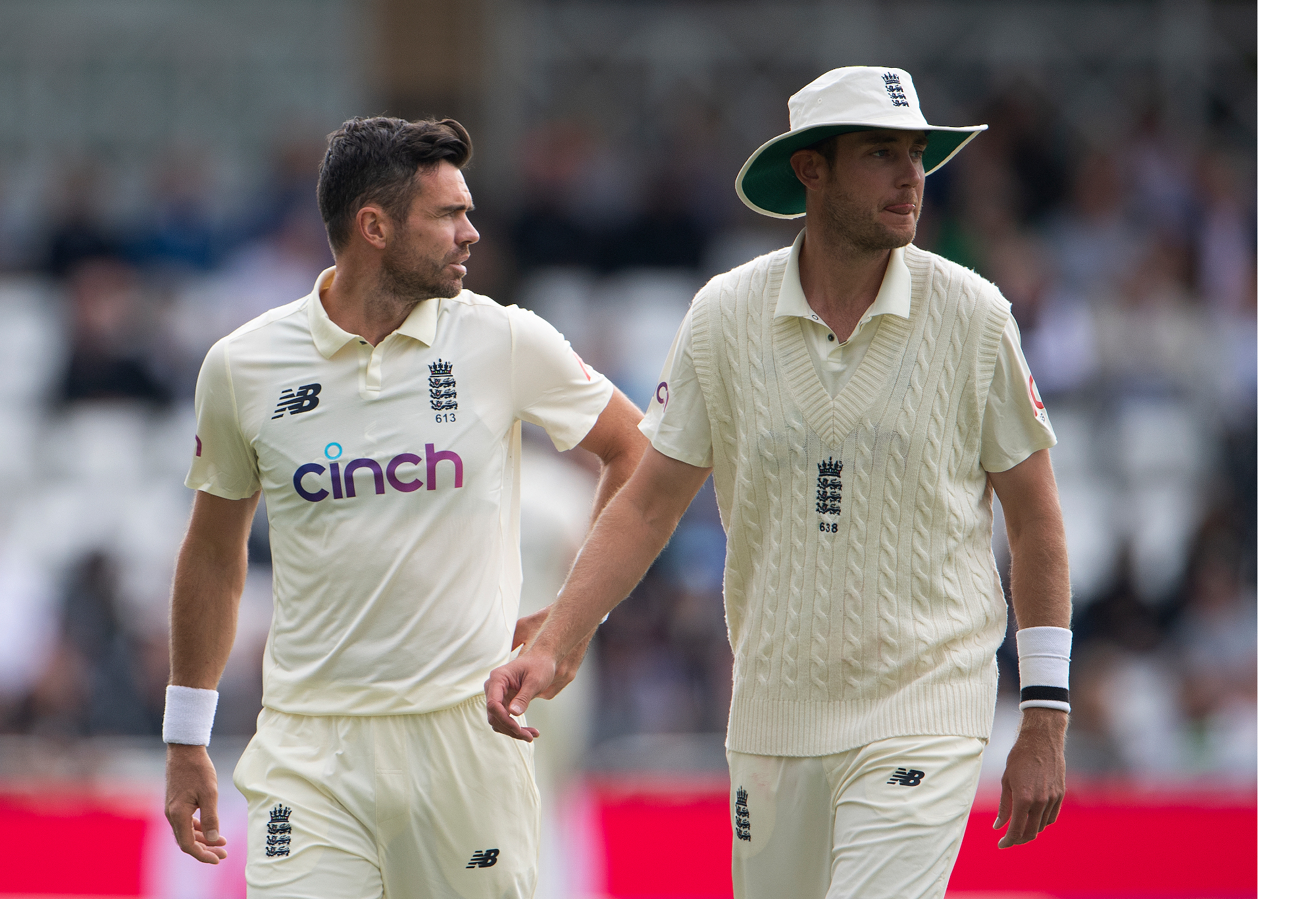The funny thing about so many fans getting hot under the collar about Michael Neser being selected for the Test tour of New Zealand is that it doesn’t really matter.
But it does.
This contradiction of sentences needs urgent clarification.
And here it is.
He will be the back-up back-up to back up three fast bowlers who continue to back up Test after Test.
The chances of Pat Cummins, Mitchell Starc or Josh Hazlewood not being selected for the two matches in New Zealand are less than 1%.
Such is their durability in recent times, the chance of injury striking is perhaps double that minuscule percentage.
And if poor fortune happened to befall one of them, Scott Boland is the obvious replacement as he has a better Test record and recent first-class record than Neser.
The Queenslander, who has just two Tests under his belt due to the omnipresent Big Three, has had a rare down season in the Sheffield Shield with the ball, taking just nine wickets in six outings with an average north of 50.
But when it comes to the no-fuss Aussie player who looks like they’d be a great hang at the bar in the footsteps of Andy Bichel, Simon Katich and Ryan Harris, Neser would be the current holder of that honorary title.

Michael Neser. (Photo by Mike Hewitt/Getty Images)
Next month he will join Boland as a 34-year-old. Time is running out for the late blooming duo.
And that is why selecting Neser does matter. It was a golden chance to give an emerging quick like Spencer Johnson or Xavier Bartlett a chance to spend time in the Test camp on tour and learn from the all-time great trio who have kept dozens of potential Australian players from getting a baggy green cap.
Johnson is still a raw prospect even though he is already 28. Years of serious injuries delayed his progression through the ranks but 20 wickets at 23.15 in four matches at first-class level, including two seven-wicket hauls, prove that he is worth the investment.
When lining up like for like replacements for the incumbent quicks, Johnson is the Starc heir apparent as the left-armer although he has a taller action with more reliance on seam movement than swing.
When it comes to swing, Bartlett showed not just in the ODIs against the West Indies that he can hoop the ball around.
He took a collective 8-38 from 16 overs with some near unplayable late out-swingers proving too much for the Windies to handle.

(Photo by Paul Kane/Getty Images)
But this is not a flash in the pan. He’s been delivering the goods for Queensland over the past five years at Shield level – 62 wickets at 26.03 in 18 matches is a significant sample size to suggest he can be a success not just in the white-ball formats in the international arena.
The other obvious candidate to step into the Big Three’s sizeable footsteps down the track is speedster Lance Morris, whose untimely side strain cruelled his chances of a trip to NZ.
Morris has the rare air speed which no one else in Australian cricket possesses at the moment – particularly if the Big Three start to drop a yard or two in pace in the near future, his point of difference of out and out pace could become even more valuable.
Jhye Richardson is the other pace understudy waiting for a chance in the spotlight but until he can string together an injury-free season, his durability is going to be seen as a liability.
But when can we expect to see any of these younger options getting their shot at Test cricket?
Inherent in the value of the baggy green cap is that it is earned and never given away on a whim.

Xavier Bartlett celebrates at Melbourne Cricket Ground. (Photo by Morgan Hancock – CA/Cricket Australia via Getty Images)
Cummins, Hazlewood and Starc are under no obligation to do the honourable thing and step aside to allow someone else a chance until they have had enough.
And none of them seem even close to contemplating retirement and they have each indicated that the white-ball formats will be the first to go if they decide to scale back their availability before calling it a day.
Former England captain Michael Vaughan was bemused during his recent Fox Cricket commentary sojourn that the Aussie selectors haven’t given a player like Morris at least one Test over the past two home summers to see how he’d fare in cricket’s toughest environment.
England managed to sustain Stuart Broad into his late 30s and James Anderson is still going at 41 because they cut back their white-ball commitments and were rotated out of the Test line-ups on occasion.
They each turned out for their last T20 for England when they were 27, Broad played his last ODI at 29 and Anderson was 32.

James Anderson and Stuart Broad (Photo by Visionhaus/Getty Images)
Cummins, 30, Starc, 34, and Hazlewood, 33, still play all three formats. Hazlewood was brought in for an ODI in Sydney and is part of the T20 series against the Windies which moves to Adelaide on Sunday night while the other two are resting up after the trio played all five home Tests this summer.
Presumably after the T20 World Cup in June, Starc or Hazlewood might start the transition into a reduced international workload so that these other fast bowlers can step up in the white-ball squads.
But such is their longevity and all-round class, there’s a possibility that in a few years time, someone like Johnson will already be in his 30s and still waiting for a chance at Test level or have just a couple of matches under his belt like Neser.
When it comes to the major assignments on the horizon – the home series against India and England over the next two summers, the 2025 World Test Championship final defence and the Ashes tour two years later, don’t rule out the prospect of Cummins, Starc and Hazlewood remaining the three-pronged pace attack the whole way through.
































































































